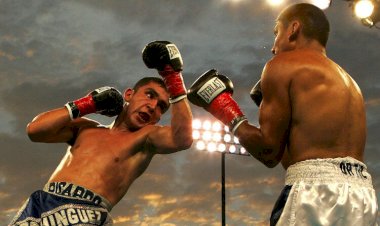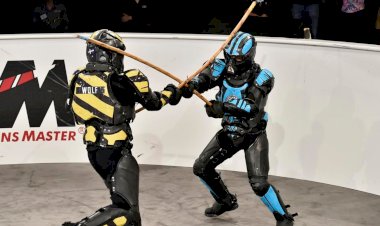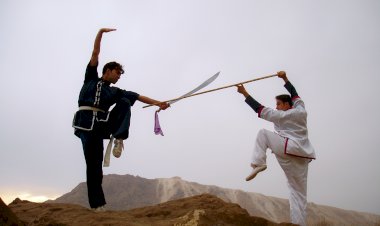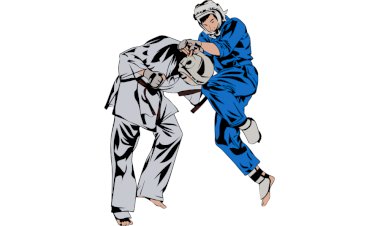Savate the almost unknown martial art from France
Savate is a French full-contact martial art based on a combination of boxing and various kicking techniques. Often, people mix Savate with other martial arts like Kickboxing and Muay Thai. But, as we’re about to see below, there are significant differences between these martial arts.
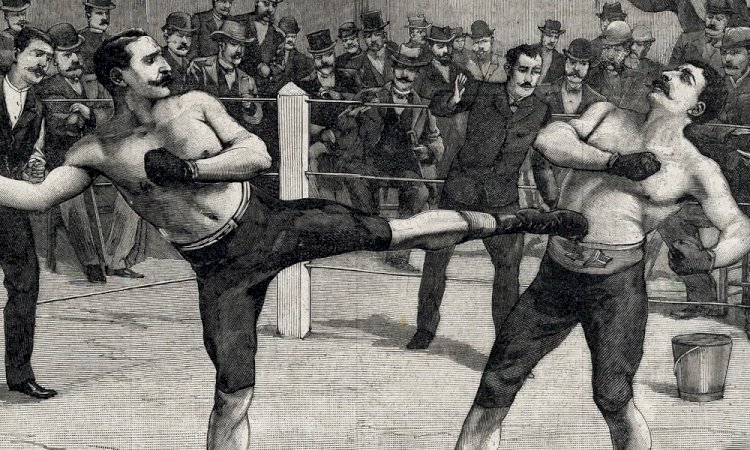
History
“La Savate” is a French slang term that literally means “old shoe” in the French language (or boots). In the beginning, savate represented a form of street fighting in northern France, especially Paris slums. They used the term savate because the main goal was the land a kick on the opponent’s body. Interestingly, Parisians preferred to land powerful low kicks rather than kicking the upper body. Also, in that time, punching with the closed wrist was considered as a deadly weapon and only used by the Englishman’s. That said, they would hit the opponent with palm strikes or open hand blows. Considering that these fights were wild brawls, head butts, slaps and wrestling moves were a regular thing on the streets. Also, we’ve to mention that savate was parallel developing in northern Italy and Spain as well.
Over the time, savate slowly became systematized and put under some rules. Michel Casseux established the first ever savate gym in 1825. However, with all of his efforts, savate was still known as a street fighting and the type of entertainment for lower classes. Casseux had a really hard time popularizing the sport among the higher class. In the time, one more style began to emerge on the dockyards of Marseilles named “Chausson” (sailor’s deck shoe”). Unlike in savate, the participants would put their hands on the ground while throwing the kicks much higher.
Furthermore, Casseux student called Charles Lecour witnessed a boxing match between the lightweight bareknuckle fighters in Owen Swift and Jack Adams in 1838. Lecour was amazed by the performance of both fighters and has decided to participate in a friendly match against Swift shortly after. What’s more, he went on to take the English boxing lessons. This is one of the key points in the development of savate. Lecour began creating a new style that represented the mixture of English boxing with French kicking. He named it “French Boxing” in 1838. Furthermore, he didn’t stop there. Lecour would adopt the famous “Queensberry Rules” from boxing and savate was slowly becoming a systemized sport. However, savate would become a professional sport later, thanks to the Lecour’s students Joseph Charlemont and his son Charles.
Modern Savate
From the brutal and dangerous fights on the streets of Paris, savate has come a long way to become the accepted and safe sport. The savate style is practiced all across the world and many countries have regulated federations to promote the technique even more.
By the modern day rules of savate, there are three levels of competition:
- Assault – Competitor’s main focus is on executing the technique the right way without using the excessive power.
- Pre – combat – Competitors are allowed to throw full power strikers. However, the must wear protective gear like helmets and shin guards.
- Combat – Is the most advance level of savate competition. Like in pre-combat, fighters are throwing with full power. However, they are not wearing helmets or shin guards. Competitors only have the groin protection and mouth guards.
Other martial arts like BJJ and Judo use the belts as a ranking system. In savate, they use the color of the gloves to indicate a fighter’s level of proficiency. Interestingly, savate is one of the only kicking and punching martial arts that uses footwear.
Tomislav Zivanovic by Bushu.ch



